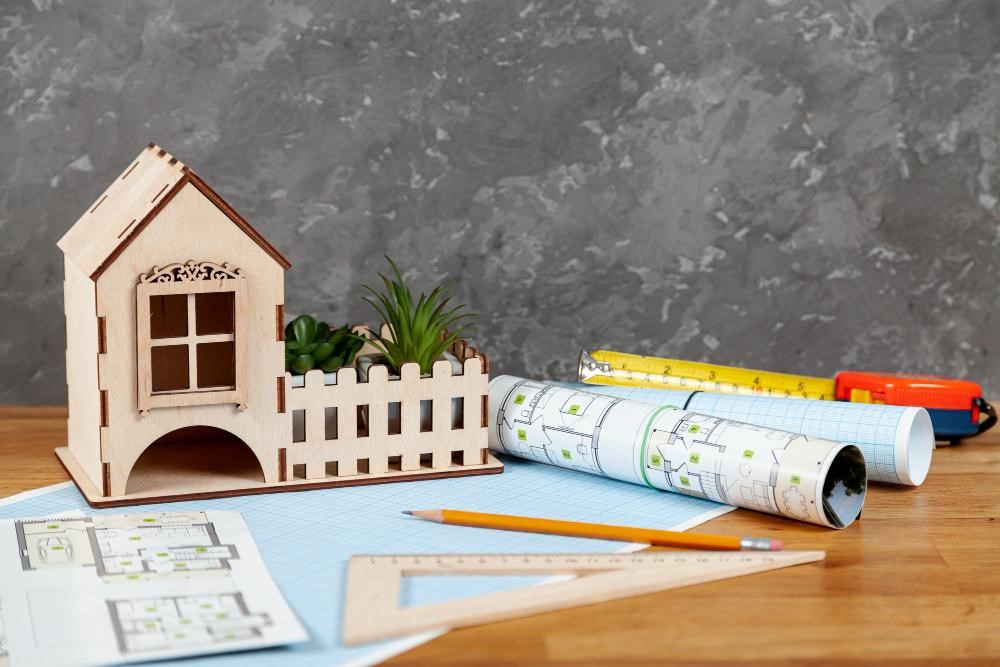In the ever-evolving landscape of home construction, the ancient wisdom of Vastu Shastra for homes continues to hold significant way. As we embrace the year 2024, these principles are not just about aligning buildings with cosmic forces; they’re about creating spaces that resonate with energy and balance. This age-old science, deeply rooted in Indian culture, offers a unique perspective on how our living spaces can influence our lives, making it a crucial consideration for anyone looking to build their dream home.
Understanding Vastu Shastra
Vastu Shastra for house is more than an architectural guideline; it’s a holistic approach that intertwines the physical environment with the spiritual. Originating thousands of years ago, this science harmonizes the five elements of nature with human dwellings, aiming to enhance prosperity, health, and happiness. In today’s world, where stress and environmental imbalance are prevalent, integrating Vastu into modern architecture offers a refuge of balance and positivity, making it increasingly relevant and sought after.
Vastu Shastra Guidelines
Directional Importance
● East-Facing Homes: East-facing homes, revered in building Vastu, are believed to bring clarity, purity, and light, symbolizing new beginnings and prosperity. This direction is often recommended for those seeking a fresh start or new opportunities.
● The Significance of North: Homes facing north are thought to be magnets for wealth and career growth, making them a popular choice for business owners and professionals.
Room Placement
● Bedroom Vastu: The master bedroom, a sanctuary for relaxation and privacy, is ideally positioned in the southwest. This direction is associated with the earth element, providing stability and grounding energy to the occupants.
● Kitchen and Dining Area: The kitchen, the heart of the home, is best located in the southeast. This direction, governed by the fire element, is said to enhance digestion and foster family bonding over meals.
Entrance and Doors
● Main Door Vastu: The main entrance, a critical element in Vaastu Shastra for homes, is the gateway for energies and should ideally be placed in the north or east. Placing it in the north or east invites positive vibes and prosperity, setting the tone for the entire house.
● Internal Door Placement: The arrangement of internal doors is crucial for maintaining a harmonious flow of energy, ensuring that no door faces another directly to avoid conflict and disruption.
Windows and Ventilation
● Positioning for Light and Air: Strategic placement of windows facilitates the flow of prana, or life energy, bringing vitality and freshness into the home. It’s essential for windows to allow ample sunlight, fostering a connection with the natural world.
● Balancing Elements: Windows play a pivotal role in balancing the Vastu elements, ensuring that the home remains a bastion of harmony and tranquillity.
Colour and Decor
● Colour Significance in Vastu: The choice of colours in a home can deeply impact mood and energy. For instance, soothing blues and greens are ideal for bedrooms, promoting calm and relaxation, while vibrant yellows or oranges in living areas can stimulate creativity and social interaction.
● Decor and Symbolism: The decor in a Vastu-compliant home should not only be aesthetically pleasing but also carry symbolic meaning. For example, placing a water feature in the northeast can enhance clarity of thought, while a rock garden in the southwest can symbolize stability.
Integrating Vastu with Modern Design
The fusion of Vastu Shastra with modern design aesthetics is an art in itself. Contemporary architects are increasingly adopting Vastu principles, creating homes that are not only visually stunning but also radiate positive energy. This integration is a testament to the timeless relevance of Vastu, proving that ancient wisdom can coexist with modern innovation to create living spaces that are both functional and spiritually fulfilling.
Challenges and Solutions
Implementing Vastu in the modern context can present challenges, particularly in urban
environments where space and direction are often constrained. However, with the expertise of
Vastu consultants and innovative architectural solutions, these challenges can be overcome.
Modern Vastu practices are adaptable, offering customized solutions that respect traditional
principles while fitting into the contemporary lifestyle.
Conclusion
As we look towards building homes in 2024, the principles of Vastu Shastra offer more than just
architectural guidelines; they provide a blueprint for a life of harmony and balance. By
embracing these timeless concepts, we can create spaces that are not only physically appealing
but also spiritually nurturing, paving the way for a life of prosperity, health, and happiness in our
dream homes.

